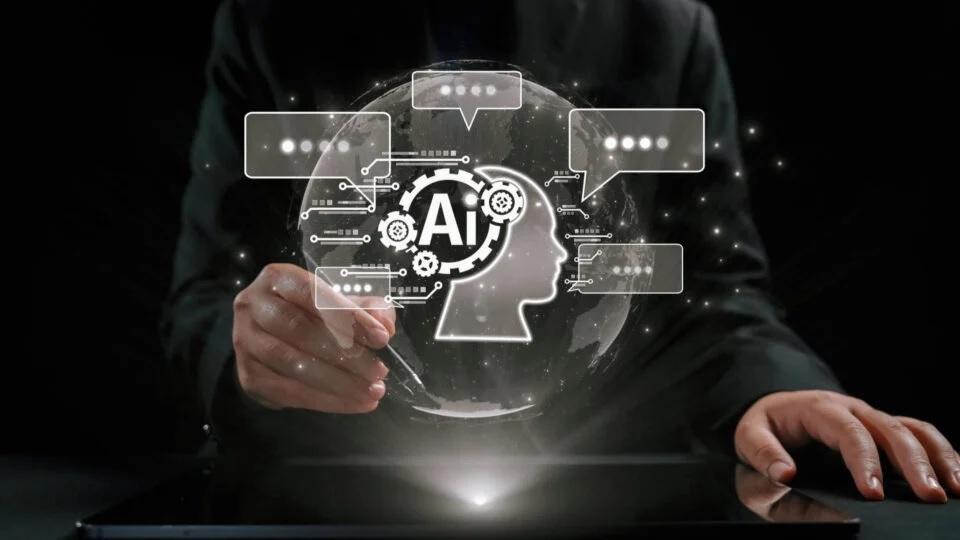How AI Presents Risks and Solves Them Too

Artificial intelligence (AI) is a relatively new field that has rapidly evolved into a major influence on the strategic direction of organizations. Its significance extends far beyond automation, enhancing complex decision-making processes. AI is both a risk and a tool for managing risk—a paradox that organizations must confront as they navigate the landscape of 2024 and beyond.
AI as a Catalyst for Transformation
While AI is often associated with task automation, it also plays a critical role in improving decision-making. AI empowers change across various domains, from social to informational, by automating time-consuming processes and driving efficiency. Additionally, AI offers deeper insights to management teams than ever before.
In finance, for example, AI models outperform traditional methods by evaluating a broader set of factors to assess credit risk, predict market trends, detect fraud, and identify optimal investments. Similarly, in healthcare, AI enables early diagnosis and increases diagnostic accuracy, transforming how medical treatments are managed. These examples demonstrate that AI not only mitigates risks but also reshapes operational behavior, opening new avenues for efficiency and effectiveness.
Machine Learning’s Role in Enterprise Risk Management
Machine learning—one of the most crucial AI fields—plays a vital role in Enterprise Risk Management (ERM). By learning from data and detecting patterns beyond human observation, machine learning is particularly useful in industries like cybersecurity, where threats are constantly evolving. AI systems also monitor network activities in real-time, providing alerts for suspicious events to prevent breaches.
According to Gartner’s 2024 report, companies leveraging AI-based risk management tools saw a 30% reduction in data breach incidents. This statistic emphasizes AI’s ability to prevent risk events. Moreover, as data protection laws become stricter, AI helps organizations maintain compliance through precise monitoring and reporting mechanisms.
The dual role of AI as both a risk and a risk management tool defines the modern business landscape. Organizations that recognize AI’s strategic value and incorporate it into their planning will be well-positioned to thrive. The improvements in decision-making, efficiency, and risk forecasting that AI offers are too significant to ignore.
However, these opportunities come with responsibility. Companies must adopt ethical AI practices and ensure robust data protection to avoid negative societal impacts. Failure to address these issues could have serious consequences, not only for businesses but also for society as a whole.
Ultimately, the question is not whether to adopt AI but how to implement it sustainably and responsibly. Leaders with a vision for ethical AI usage will not only mitigate risks but also unlock new opportunities previously beyond reach. As business environments continue to evolve rapidly in 2024 and beyond, organizations that fail to adapt will fall behind. Integrating AI as both a tool and a mandate is essential for any innovative organization looking to succeed.
To Know More, Read Full Article @ https://ai-techpark.com/ai-is-both-a-risk-and-a-tool/
Related Articles -
The Rise of Serverless Architectures
Top Five Best AI Coding Assistant Tools
Trending Category - AItech machine learning
- Art
- Causes
- Crafts
- Dance
- Drinks
- Film
- Fitness
- Food
- Oyunlar
- Gardening
- Health
- Home
- Literature
- Music
- Networking
- Other
- Party
- Religion
- Shopping
- Sports
- Theater
- Wellness




